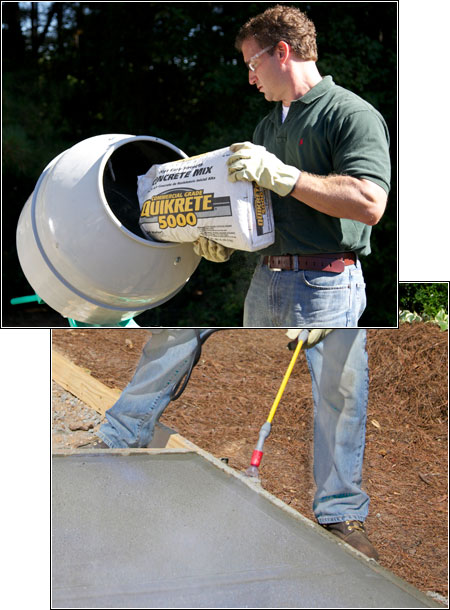

 High summer temperatures, low humidity, direct sunlight, high concrete temperatures and even modest wind velocity can cause concrete surface cracking (plastic shrinkage cracks).
High summer temperatures, low humidity, direct sunlight, high concrete temperatures and even modest wind velocity can cause concrete surface cracking (plastic shrinkage cracks).
There are several easy steps that should be taken to reduce shrinkage cracking and to improve placement characteristics in hot, dry, or windy conditions.
Plastic shrinking cracks occur when surface moisture evaporates too rapidly. In addition to the potential for shrinkage cracks, hot weather will tend to cause concrete to lose slump (workability) and set much more quickly.
Concrete will typically set in about 4 hours in 80o F temperatures, a 10o F increase in ambient temperature will reduce the set time to about 2.5 hours. An increase of 20o will reduce the set time approximately 60% to 1.5 hours. Adding water to the mix to offset a loss in workability will have a negative affect on the ultimate strength of the concrete and can increase the rise of shrinkable cracking.
Proper planning before starting your concrete project can significantly improve placement characteristics and assure the quality and durability of the in-place concrete. These precautions include:
With proper attention to these steps, concrete can be successfully placed in hot, dry, windy and low humidity conditions.